Exploring the Top Best Temples in South India offers a unique insight into the region’s deep spiritual roots and architectural brilliance. South India is renowned for its ancient temples, rich traditions, and cultural landmarks that have stood the test of time. These sacred sites attract millions of devotees and travelers, each drawn by the mystique, divinity, and stunning craftsmanship of these historical wonders. Whether you’re a pilgrim or a curious explorer, these temples promise a meaningful and unforgettable experience.
1. Meenakshi Amman Temple – Madurai, Tamil Nadu
Why Visit: For its vibrant sculptures, intricate architecture, and spiritual aura.
The Meenakshi Amman Temple is the heart of Madurai, dedicated to Goddess Meenakshi (a form of Parvati) and Lord Sundareswarar (Shiva). The temple complex spans 15 acres and features 14 elaborately carved gopurams (gateway towers), each telling vivid mythological tales through thousands of colorful sculptures.
- Over 33,000 sculptures in total
- A sacred golden lotus pond
- The grand Meenakshi Tirukalyanam festival celebrated annually
This temple is an icon of Dravidian architecture and a must-visit for both spiritual and architectural tourism.
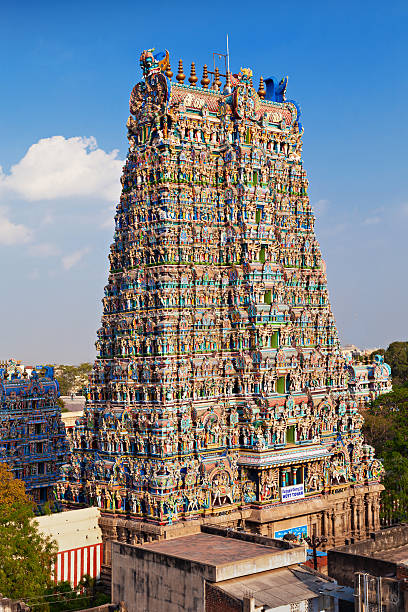
2. Brihadeeswarar Temple – Thanjavur, Tamil Nadu
Why Visit: To witness the engineering genius of the Chola dynasty.
Built in the 11th century by Raja Raja Chola I, the Brihadeeswarar Temple is a UNESCO World Heritage Site and a symbol of Tamil Nadu’s regal past. Dedicated to Lord Shiva, this majestic structure is crowned with a massive dome made from a single granite block, weighing over 80 tons.
- 66-meter tall central vimana
- Stunning Chola frescoes and murals
- Largest Shiva lingam in Tamil Nadu
A visit here is like stepping back into the grandeur of a golden era.
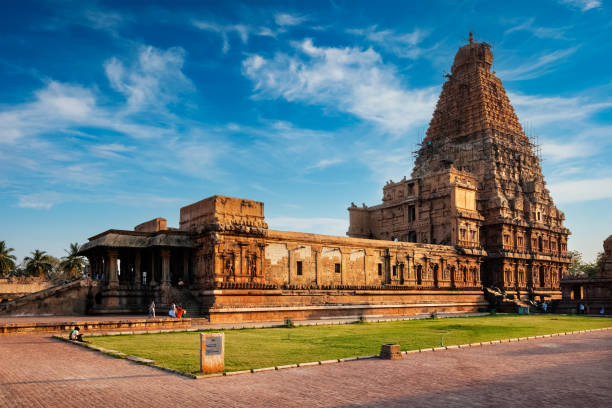
3. Sri Ranganathaswamy Temple – Srirangam, Tamil Nadu
Why Visit: One of the largest temple complexes in India and a sacred Vaishnavite shrine.
This temple, located on an island between the Kaveri and Kollidam rivers, is dedicated to Lord Ranganatha (a reclining form of Vishnu). Spread over 155 acres, the complex includes 21 gopurams, the tallest of which rises to 72 meters.
- Rich Dravidian-style architecture
- Intricate carvings and inscriptions
- Famous for Vaikunta Ekadasi celebrations
It is considered the foremost among the 108 Divya Desams (sacred Vishnu temples).
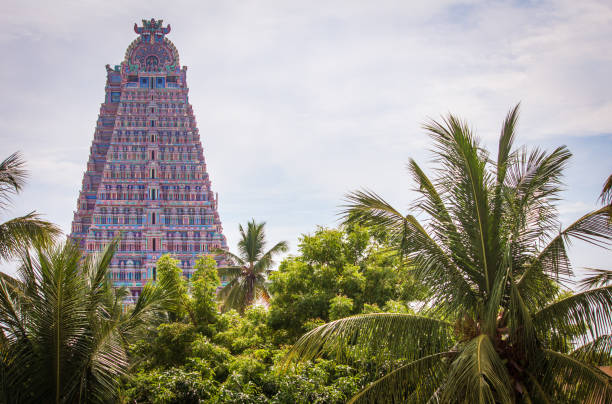
4. Virupaksha Temple – Hampi, Karnataka
Why Visit: For its ancient legacy within the UNESCO-listed Hampi ruins.
Dedicated to Lord Shiva, Virupaksha Temple is among the oldest functioning temples and one of the top best temples in india , with origins dating back to the 7th century. Located within the mystical ruins of Hampi, this temple was historically patronized by the powerful Vijayanagara kings.
- Towering eastern gopuram
- Sacred Tungabhadra River running alongside
- Temple elephant and lively daily rituals
The temple is still active, making it both a spiritual and archaeological treasure.

5. Ramanathaswamy Temple – Rameswaram, Tamil Nadu
Why Visit: One of the 12 sacred Jyotirlingas and part of the Char Dham Yatra.
This temple is located on the island of Rameswaram and is deeply connected to the epic Ramayana, where Lord Rama is believed to have worshipped Lord Shiva. The temple is renowned for having the longest corridor among all Hindu temples in India.
- Over 1200 intricately carved granite pillars
- 22 sacred wells for ritual purification
- Architectural symmetry and spiritual aura
A must-visit for anyone tracing Lord Rama’s journey or seeking divine peace.
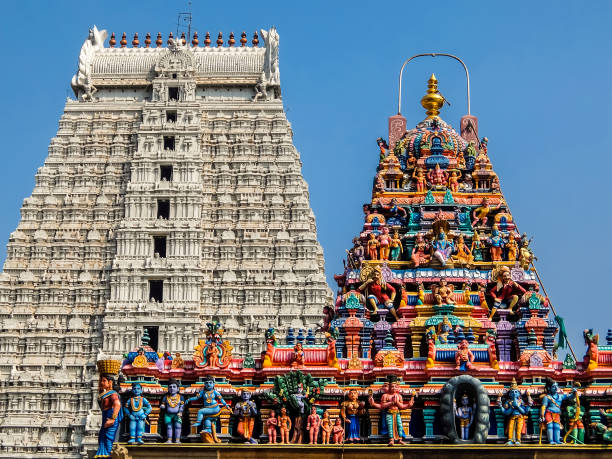
6. Arunachalesvara Temple – Tiruvannamalai, Tamil Nadu
Why Visit: A powerful Shaivite temple representing the element of fire (Agni).
The Arunachalesvara Temple sits at the base of the sacred Arunachala Hill, which is itself revered as a form of Lord Shiva. This is one of the Top best temples in india.This ancient temple holds immense spiritual significance and is especially known for the Karthigai Deepam festival, during which a massive beacon of fire is lit atop the hill—visible from miles around.
- Gigantic eastern tower rising 66 meters high
- Sacred circumambulation route known as Girivalam
- Strong spiritual vibrations and deep yogic significance
Spiritual seekers and pilgrims from around the world visit to perform meditative walks around Arunachala Hill, making this temple a beacon of inner transformation and divine energy.
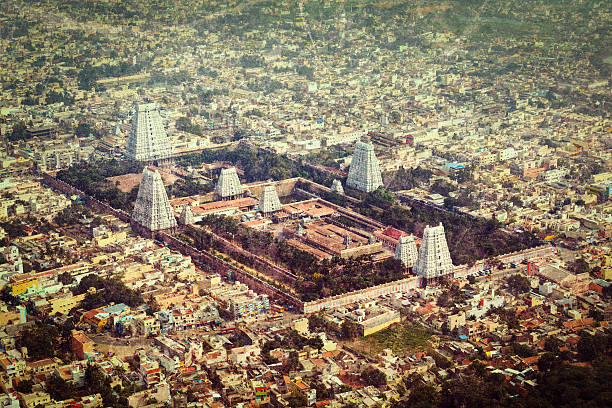
7. Ekambareswarar Temple – Kanchipuram, Tamil Nadu
Why Visit: To explore one of the Pancha Bhoota Stalams (temples representing five elements).
The Ekambareswarar Temple represents the element of earth (Prithvi) and is one of the most significant Shaivite temples in South India. Dedicated to Lord Shiva, this ancient temple is known for its architectural scale and spiritual depth. It features a 58-meter high gopuram and a renowned 1000-pillar hall that showcases the skill of ancient artisans.
- A 3,500-year-old mango tree inside the temple complex
- Massive complex spanning over 25 acres
- Rich in Shaivite mythology and ritual significance
This temple is perfect for those seeking both spiritual exploration and a deep dive into Tamil Nadu’s cultural heritage.
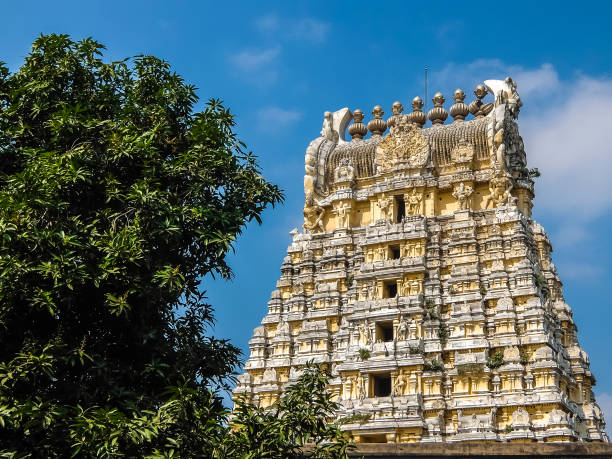
8. Padmanabhaswamy Temple – Thiruvananthapuram, Kerala
Why Visit: It is among the richest temples in the world and features a unique reclining Vishnu.
The Padmanabhaswamy Temple, located in Kerala’s capital city, is dedicated to Lord Vishnu in his majestic Anantha Shayana posture — reclining on the serpent Anantha. This sacred site is a masterpiece of spiritual symbolism, constructed in a harmonious blend of Kerala and Dravidian architectural styles.
- Mysterious underground vaults filled with treasures
- Massive 18-foot-long deity visible through three separate doors
- Traditional customs and a strict dress code for visitors
Visiting this temple is a surreal experience that combines divine opulence with deep-rooted traditions, making it one of the most intriguing and spiritually enriching destinations in India.
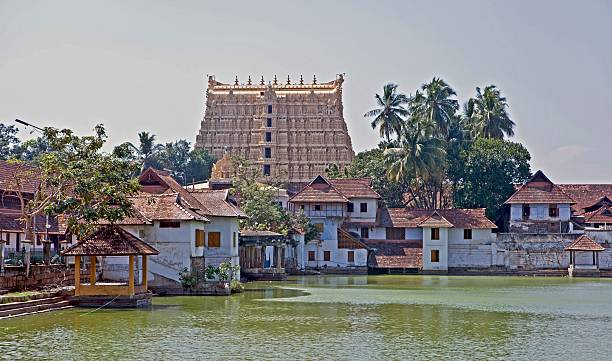
9. Murudeshwar Temple – Karnataka
Why Visit: Home to the second tallest statue of Lord Shiva in the world.
Perched on a cliff by the Arabian Sea, Murudeshwar Temple offers breathtaking views and deep spiritual symbolism. The statue of Shiva sits majestically behind the temple, visible from afar.
- 123-foot tall Shiva statue
- 20-story gopuram with an elevator
- Mythological ties to the Atma Linga story
A blend of spirituality and scenic coastal beauty.
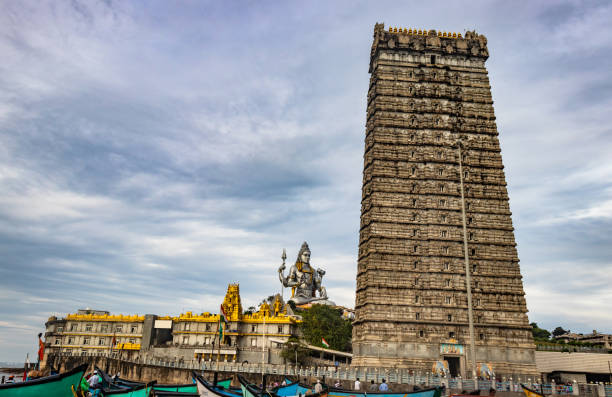
10. Sabarimala Ayyappa Temple – Kerala
Why Visit: One of the most visited pilgrimage centers in the world.
Located in the Western Ghats and dedicated to Lord Ayyappa, this temple attracts millions of devotees annually, especially during Mandala season (Nov–Jan). Pilgrims undertake a strict 41-day penance before trekking through forests to reach the temple.
- Surrounded by dense forests and hills
- Ritual purity and discipline are emphasized
- Devotees chant “Swamiye Saranam Ayyappa”
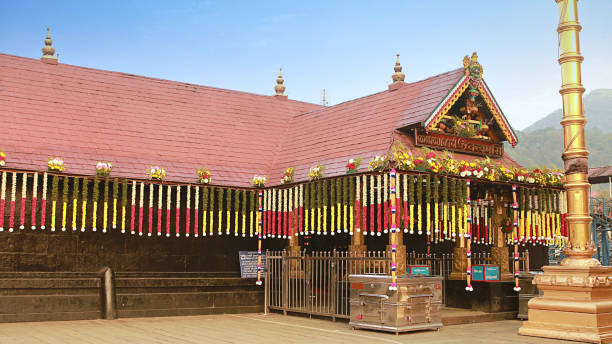
Spiritual rigor and breathtaking natural surroundings make this a transformative pilgrimage.
11. Tirupati Balaji Temple – Tirumala, Andhra Pradesh
Why Visit: To seek blessings from Lord Venkateswara at one of the most revered and wealthiest temples in the world.
Tirupati Balaji Temple, also known as Sri Venkateswara Swamy Temple, is a sacred shrine dedicated to Lord Venkateswara (Balaji), an incarnation of Vishnu. Nestled in the Tirumala hills of Andhra Pradesh, it is considered one of the holiest pilgrimage centers in India and draws millions of devotees annually. Believers come here with the faith that their wishes will be fulfilled after a darshan of Balaji.
- World’s richest temple in terms of donations
- Daily footfall of 50,000 to 100,000 pilgrims
- Famous for the sacred “Laddu Prasadam”
- Scenic location atop the Seshachalam Hills
A visit to Tirupati is a spiritual experience marked by devotion, discipline, and divine vibrations that leave a lasting impression on the soul.
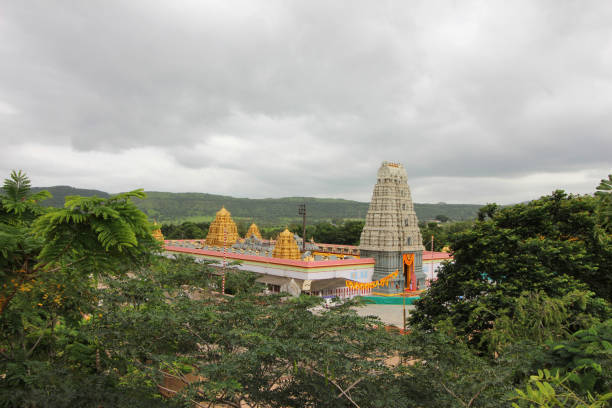
Tips for Visiting South Indian Temples
- Dress Modestly: While visiting temples, it’s customary to wear traditional attire. For men, dhotis or lungis are appropriate, and for women, sarees or salwar kameez are recommended.
- Respect Local Customs: Each temple has its own set of rituals and customs. It’s advisable to observe and follow the practices respectfully.
- Photography: In many temples, photography is prohibited inside the sanctum sanctorum. Always seek permission before taking photographs.
- Timings: Temples often have specific visiting hours, especially during festivals. It’s best to check the timings in advance to plan your visit accordingly.
- Festivals: Participating in temple festivals can provide a deeper insight into the cultural and spiritual significance of the temple.
Conclusion:
South India’s temples are not just places of worship but are living monuments that narrate tales of devotion, artistry, and history. Each temple, with its unique architecture and spiritual essence, offers a glimpse into the rich tapestry of Indian culture and heritage. Whether you’re a spiritual seeker, a history enthusiast, or a lover of architecture, these temples promise an enriching experience that transcends time and space.